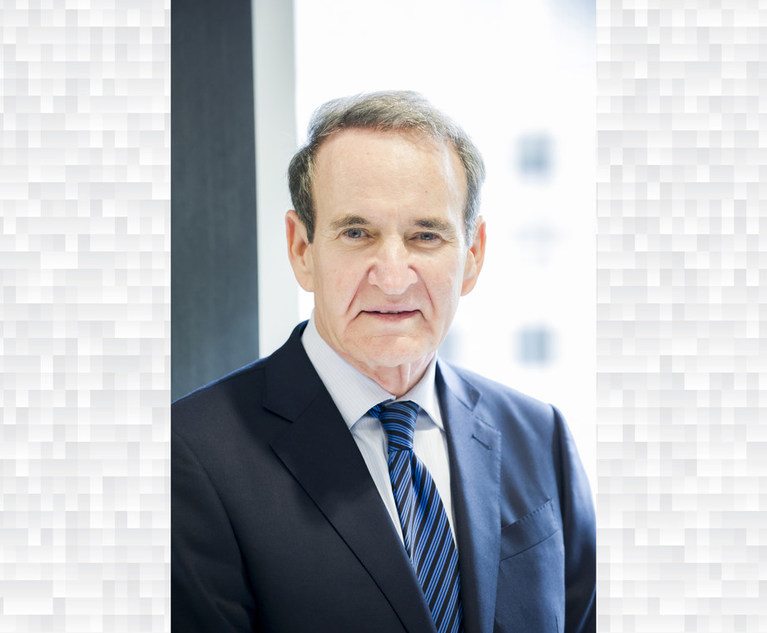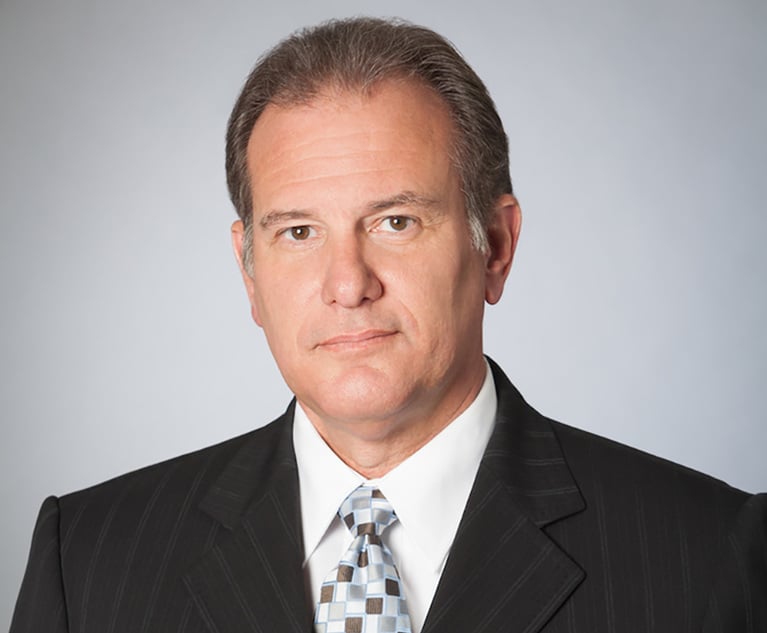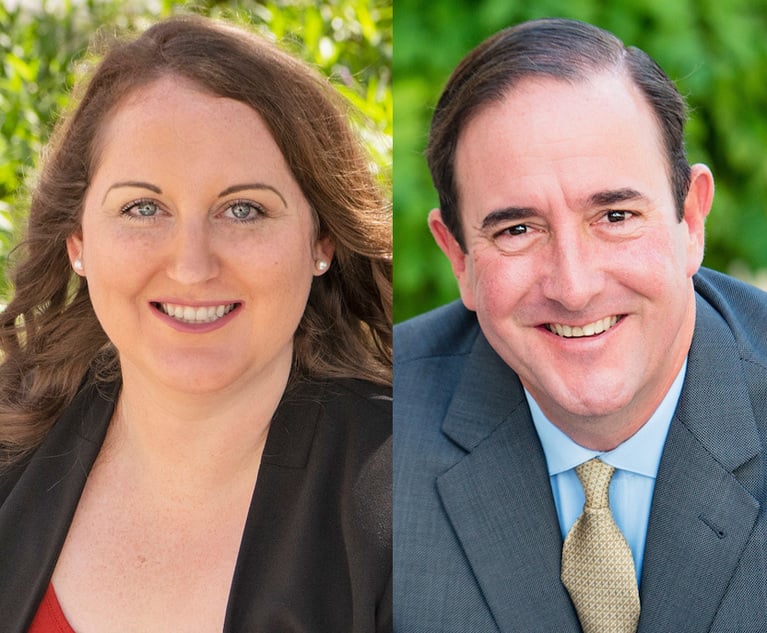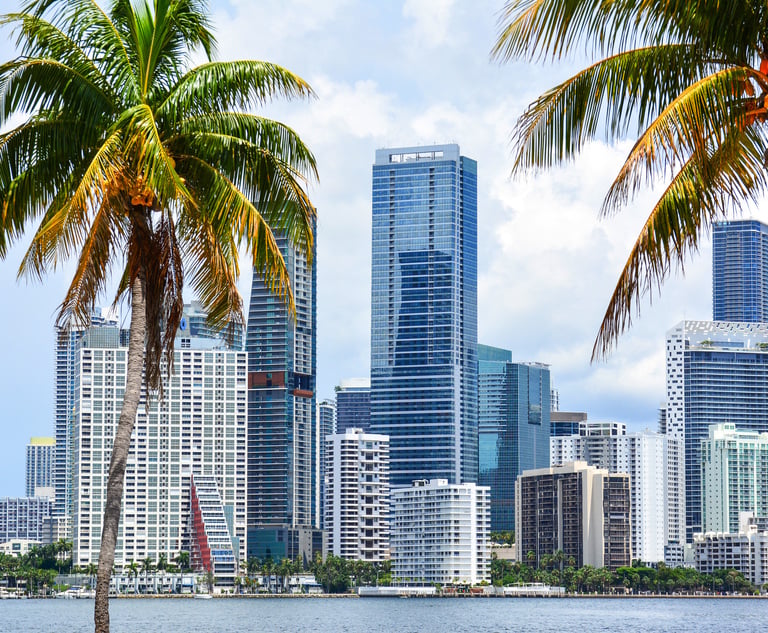While the nation speculates about whether the overruling of abortion rights in Dobbs v. Jackson Women’s Health Organization, Case No. 19-1392, ___ U.S. ___ (2022), signaled more rollbacks of privacy rights in the future, the U.S. Supreme Court’s decision erasing the EPA’s plan for greenhouse emissions may be a barely perceptible landmark in an ongoing campaign to limit the power of federal agencies. Decided less than a week after Dobbs by the same 6-3 majority, the immediate consequences of West Virginia v. Environmental Protection Agency, Case No. 20-1530 ___ U.S. ___ (2022), are a dramatic defeat for the cause of controlling emissions. Less obviously, it is potentially a transformative decision reducing the power of the president to create rules for industry that have political and business consequences.
Almost all Americans regularly experience the pervasive power of federal agencies. Announcements about interest rates from the Federal Reserve can inspire hope or despair for home buyers. And the acronym agencies such as the FDA, SEC, FCC and CDC oversee everything from the approval of potential cancer cures and recalls of baby formula to a vast array of government benefits ranging from student loans to food stamps. While continuously present in our daily lives, their source of power is less well known. They have dual identities. While created by congressional legislation, the officials who direct operations and set policies are appointed by the president. Along with important enforcement and adjudication prerogatives, presidential appointees deploy seemingly legislative powers to create new policies, interpretations and even legislative-type regulations with the force of a Congressional statute.


 Kendall Coffey of Coffey Burlington in Miami.
Kendall Coffey of Coffey Burlington in Miami.




